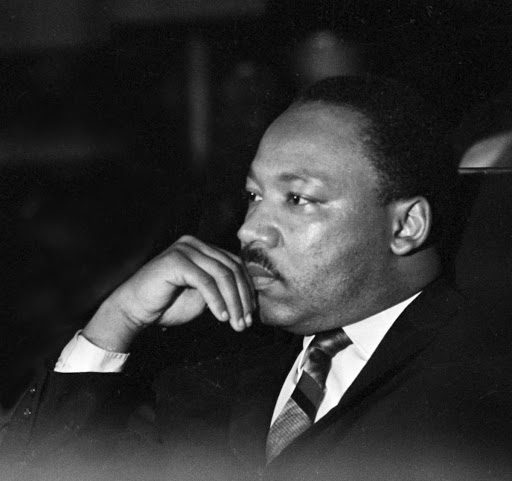The year 2020 has been a stressful one.
With George Floyd‘s death as an inflection point about race and racism in America, an unprecedented presidential election, and social unrest during an ongoing pandemic with a rising death toll, something is deeply broken in America’s body politic.
America has been divided and broken before – The American Civil War and the 1960’s Civil Rights Movement. However, is America so broken now we can’t turn back? Do we want to turn back? The daunting question as we approach 2021 is, “Where do we go from here?” invoking the words of Dr. Martin Luther King. We have revisited this question several times in American history, resisting the work and change needed to be done – individually, collectively, and systematically.
The long, hot summer of 1967 was when King wrote the book “Where do we go from here? It was King’s fourth and final tome before his assassination a year later. King wrote the book because, in the summer of 1967, there were 159 race riots across America. America was a tinderbox.Many wondered with the rage and frustrations of young black America if the government could extinguish the conflagration. Sadly, what caught the nation’s attention was not the protesters’ plight but rather the violence. “Everyone is worrying about the long hot summer with its threat of riots. We had a long cold winter when little was done about the conditions that create riots” King stated that summer at a luncheon in his honor. The riots were public cries for better jobs, higher wages, decent housing, quality education, health care, voting rights, and to end mass incarceration and police brutality. In other words, it was a clarion call to end systemic racism.
However, the more things appear to change on the surface for people of color through the years, the more they remain the same systemically. This year proved it. Consequently, the summer of 2020 was a long hot summer, too. According to Armed Conflict Location & Event Data(ACLED), “between 26 May, the day after Floyd’s death, and 22 August, ACLED records over 7,750 demonstrations linked to the BLM movement across more than 2,440 locations in all 50 states and Washington, DC.” The protestors consisted of not only blacks but the entire face of America from all walks of life. Ninety- five percent of the protests were nonviolent. This year’s demonstrations were the same as 1967: the public cry for better jobs, higher wages, decent housing, quality education, health care, voting rights, and to end mass incarceration and police brutality. This time, however, the clarion call is to end systemic racism, now!
In “order to know “where do we go from here?”, we must honestly look at where we are now. And, it doesn’t excuse those who think they are on the right side of justice. While many whites would not think of themselves as racist, the distinction must be recognized that being “anti-racist” differs from simply not being racist.
White supremacy is an ideology and belief system. It is not the province of solely white people; there are black white supremacists, too. Supreme Court Justice Clarence Thomas and Dr. Ben Carson are examples. They uphold a white heteronormative and nationalist government that has had power shaping policy impacting us all- LGBTQ, women, and POC, to name a few.
White supremacy is in the DNA of America. Clinging to it for as long as America has is precisely where we are today as a broken nation. The question “where do we go from here” means America’s race problem has not been addressed. While the COVID vaccine will eventually stop the spread of the pandemic, sadly, the pandemic of racism will persist. Americans cannot be blamed for the misinformation we have been taught and have absorbed from our society and culture. However, we must be held responsible for repeating misinformation, unexamined racism, and privileges in ourselves after we have learned otherwise.
George Floyd’s death, a cis-gendered male, symbolizes the new face of anti-black violence, as Matthew Shepard‘s face came to symbolize homophobic violence after his murder in 1998. His death forces us to look at what’s broken in America as well as ourselves. However, his death can be an opportunity for reconciliation and healing, recognizing our shared humanity. It starts by calling out and addressing racists.- whether well-intentioned white liberals or ill-intentioned white nationalists, because both erase our lived reality of a multiracial society.
In other words, white supremacy and white privilege must not be thought of as outside of oneself. Rather, it must be assumed. With that assumption, democracy can fully begin for those on the margin to experience what others take for granted.
Otherwise, united, we won’t be as a country and divided we will continue to be as a petty people.
